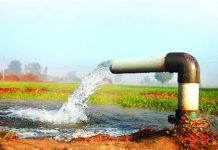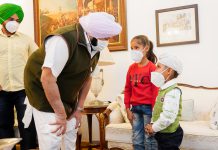
Independence Day is a day when people in India pay homage to their leaders and those who fought for India’s freedom in the past. The period leading up to Independence Day is a time when major government buildings are illuminated with strings of lights and the tricolor flutters from homes and other buildings. Broadcast, print and online media may have special contests, programs, and articles to promote the day. Movies about India’s freedom fighters are also shown on television.
The president delivers the ‘”Address to the Nation” on the eve of Independence Day. India’s prime minister unfurls India’s flag and holds a speech at the Red Fort in Old Dehli. Flag hoisting ceremonies and cultural programs are held in the state capitals and often involve many schools and organizations.
Many people spend the day with family members or close friends. They may eat a picnic in a park or private garden, go to a film or eat lunch or dinner at home or in a restaurant. Other people go kite flying or sing or listen to patriotic songs.

The struggle for India’s Independence began in 1857 with the Sepoy Mutiny in Meerut. Later, in the 20th century, the Indian National Congress and other political organizations, under the leadership of Mahatma Gandhi, launched a countrywide independence movement. Colonial powers were transferred to India on August 15, 1947.
The Constituent Assembly, to who power was to be transferred, met to celebrate India’s independence at 11pm on August 14, 1947. India gained its liberty and became a free country at midnight between August 14 and August 15, 1947. It was then that the free India’s first prime minister Pandit Jawaharlal Nehru gave his famous “Tryst with Destiny” speech. People across India are reminded of the meaning of this event – that it marked the start of a new era of deliverance from the British colonialism that took place in India for more than 200 years.







